Meeting us in a cozy little house in Tan Binh District, Ho Chi Minh City, this 93-year-old female veteran still remembers clearly the difficult days when she joined the revolution. In November 1947, when she turned 15, female student Huynh Thi Mung (from Thua Thien province, now Hue city) left her family, left her hometown with her brothers to join the revolution. With the enthusiastic spirit of youth, she was assigned to carry out the task of directly participating in the production of grenades and mines of all kinds at Room 5, Military Zone 4, stationed in Chu Le (Huong Khe district, Ha Tinh).
Veteran Huynh Thi Mung recalled: The working area of Room 5, Military Zone 4 had a big river, so it was convenient for mobile army units to receive weapons transported by waterway. With the spirit of all for the front line against French colonialism, everyone working in the workshop worked actively and at full capacity to ensure weapons for the resistance.
Veteran Huynh Thi Mung (left) and her comrades recall their working days at Military Zone 4. Photo: HONG GIANG |
According to Ms. Mung, at that time, our weapon production technology was still limited, mainly done by manual methods, so it was easy to be unsafe. However, everyone was not discouraged. The areas were both producing and learning from experience, to perfect the products, increase combat efficiency and ensure safety in transportation. The work of Ms. Mung and her teammates was mainly stuffing explosives into mines and grenades, and packaging the finished products. In 1948, while on duty, she was unfortunately caught in a large fire, suffering "near-death" burns.
Severe burns all over her body required Mrs. Mung to undergo treatment for a year to regenerate her skin and hair. As soon as her health stabilized, she asked her unit to let her return to work. Accordingly, she was allowed to return to work at Factory M342, Military Zone 4 from around mid-1949. With a spirit of enthusiastic dedication to the revolution, Mrs. Huynh Thi Mung was honored to be admitted to the Party on September 29, 1949, when she was nearly 18 years old.
Ms. Mung shared: "The resistance war against the French was very fierce, so my personal injuries were nothing. At that time, we young people were very eager to contribute to the revolution with our strength and specific work. The main force soldiers directly held guns on the battlefield, while we worked day and night to produce weapons."
Mrs. Huynh Thi Mung took a photo with her husband after the Dien Bien Phu Victory in 1954. Photo: NVCC |
As a teammate of Ms. Mung, Ms. Tran Thi Vay (working at Room 2, Military Zone 4) shared: “My job is to produce explosives, so the danger level is lower than the mine and grenade making department like comrade Mung. Many people working in military factories during this period were injured and sacrificed, but due to the requirements of the resistance, the work was always urgently carried out. The unit also did not have much time to take care of the regime for wounded and dead soldiers, but all were focused on the front line. Comrade Mung's bravery and dedication made his colleagues admire him very much.”
During a training course in 1952, Mrs. Mung met and fell in love with revolutionary soldier Doan Van Quang (born in 1929, later a Colonel, Doctor). After he returned to his unit, the two maintained their beautiful love during the fierce resistance war. In 1954, he was sent by his superiors to her unit to receive weapons in preparation for the Dien Bien Phu campaign. Encouraged by his comrades, they held a warm wedding ceremony on the evening of April 1, 1954, witnessed by the unit. After two days of marriage, he hurriedly left for the front. Mrs. Mung was then transferred from weapons production to work as a nurse at Institute K72, treating wounded soldiers brought back from the front.
Major, Doctor Huynh Thi Mung. Photo: Provided by the character |
With the will to rise and the spirit of progress, she not only performed her duties but also diligently studied to improve her medical expertise. She attended a general practitioner course and was one of the first people to participate in establishing the physical therapy department of the 108 Military Hospital (now the 108 Military Central Hospital). From a soldier, through military medical courses, she was awarded the rank of officer of the Vietnam People's Army. Having held many positions, before retiring (June 1984), Major, Doctor Huynh Thi Mung was the Head of the Military Medical Department, Technical Department, Air Defense - Air Force.
Throughout her nearly 40-year career of dedication to the revolution, veteran Huynh Thi Mung was awarded the Third Class Military Exploit Medal (1984), the Third Class Victory Medal (1953) and many other noble awards.
Veteran Huynh Thi Mung confided: “I am very proud that I have contributed my small strength to the revolution, the resistance war and our Army. When meeting my comrades at the old military workshops, everyone wishes to have their wounded soldiers' regimes and policies recognized by the authorities or related policies, to be proud of the time they devoted their lives to the Fatherland with their own blood and bones. However, the most difficult thing now is that due to war conditions and having moved units after many years, many comrades no longer have documents certifying their injuries from their time working at the military workshops.”
HONG GIANG
Source: https://www.qdnd.vn/phong-su-dieu-tra/phong-su/cuu-chien-binh-huynh-thi-mung-chien-si-quan-gioi-dung-cam-tan-tam-829177


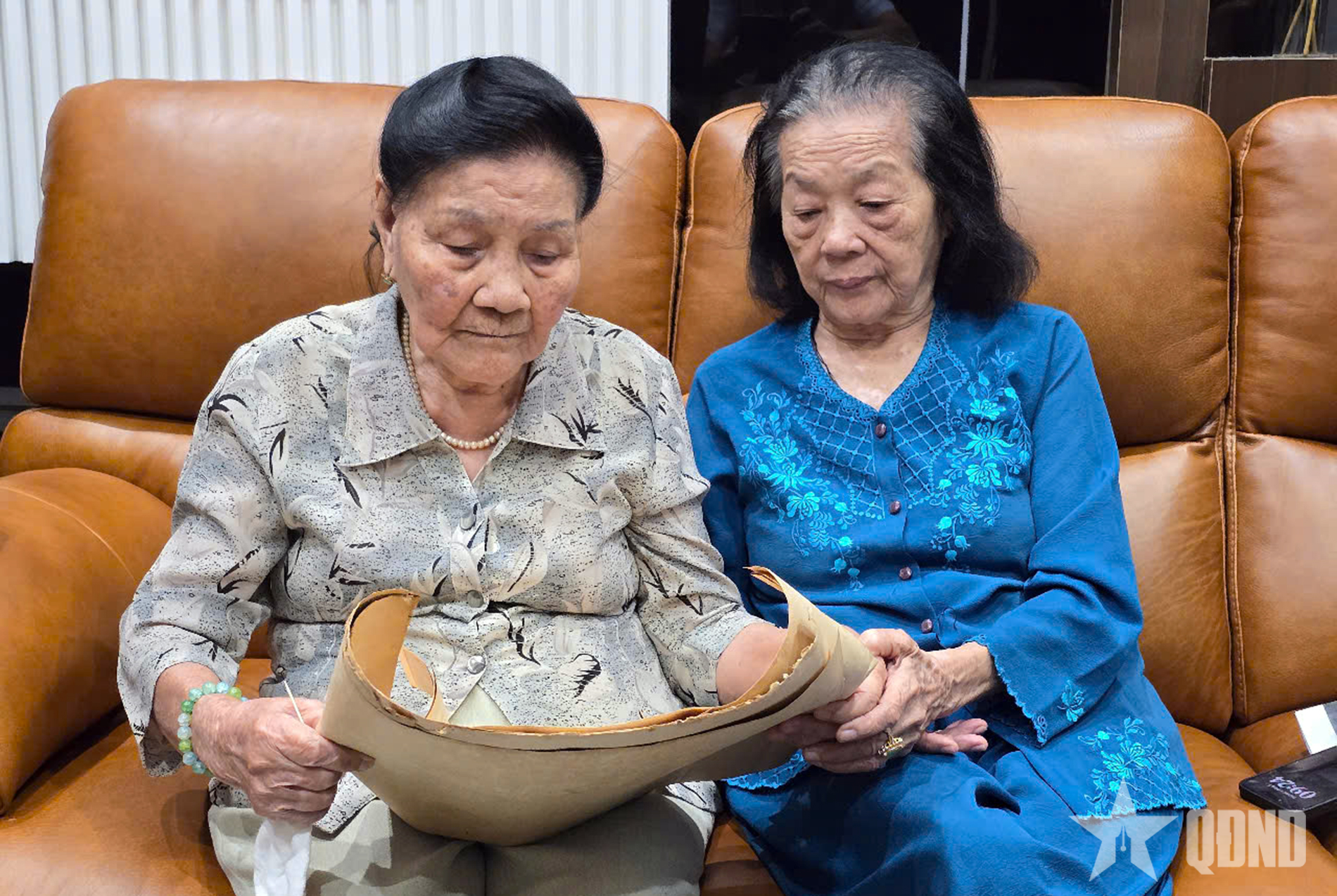
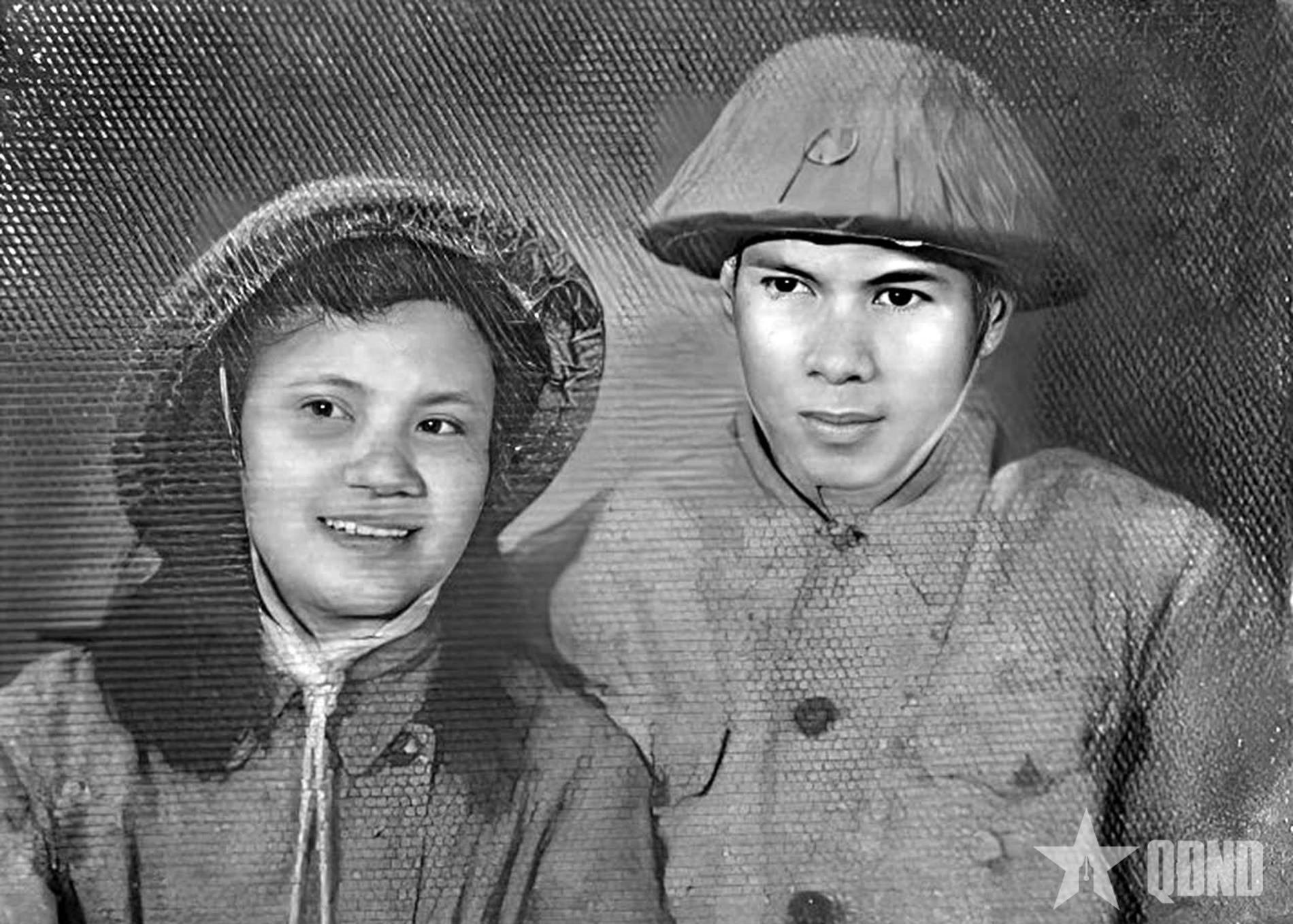
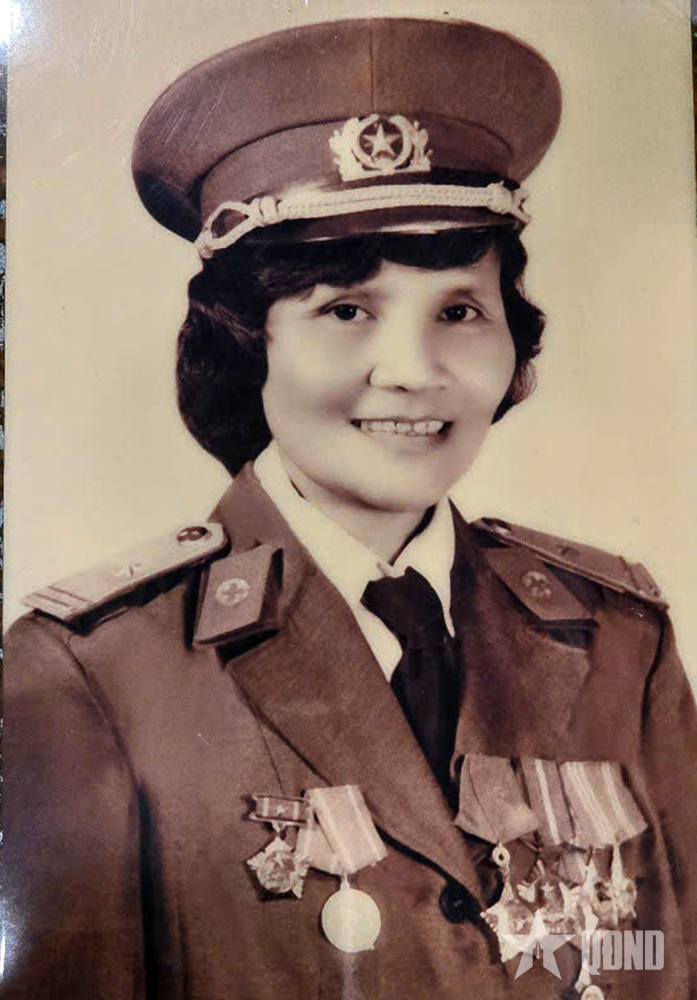
![[Photo] Ca Mau "struggling" to cope with the highest tide of the year, forecast to exceed alert level 3](https://vphoto.vietnam.vn/thumb/1200x675/vietnam/resource/IMAGE/2025/11/04/1762235371445_ndo_br_trieu-cuong-2-6486-jpg.webp)

![[Photo] Ho Chi Minh City Youth Take Action for a Cleaner Environment](https://vphoto.vietnam.vn/thumb/1200x675/vietnam/resource/IMAGE/2025/11/04/1762233574890_550816358-1108586934787014-6430522970717297480-n-1-jpg.webp)
![[Photo] Panorama of the Patriotic Emulation Congress of Nhan Dan Newspaper for the period 2025-2030](https://vphoto.vietnam.vn/thumb/1200x675/vietnam/resource/IMAGE/2025/11/04/1762252775462_ndo_br_dhthiduayeuncbaond-6125-jpg.webp)
![[Photo] The road connecting Dong Nai with Ho Chi Minh City is still unfinished after 5 years of construction.](https://vphoto.vietnam.vn/thumb/1200x675/vietnam/resource/IMAGE/2025/11/04/1762241675985_ndo_br_dji-20251104104418-0635-d-resize-1295-jpg.webp)

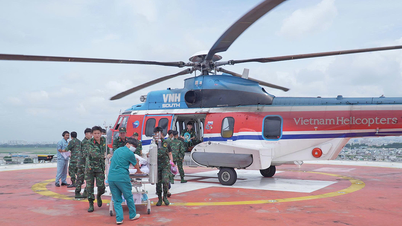
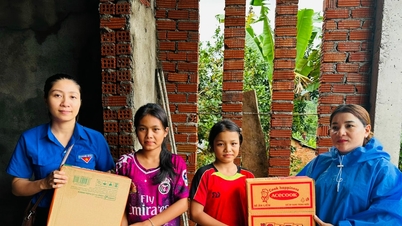

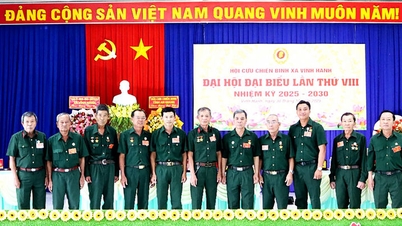

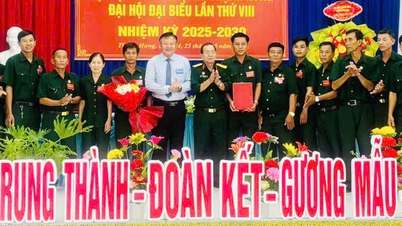
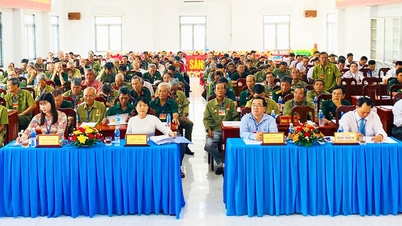
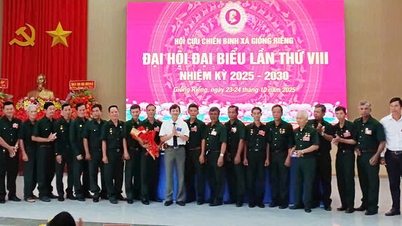


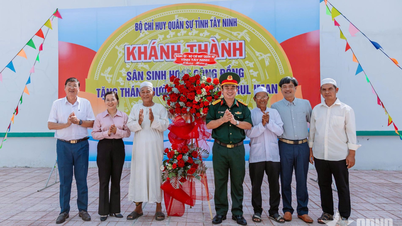











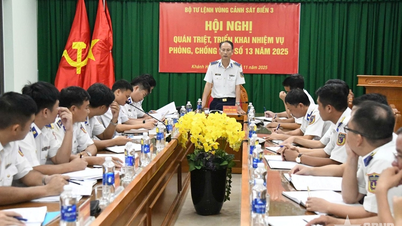
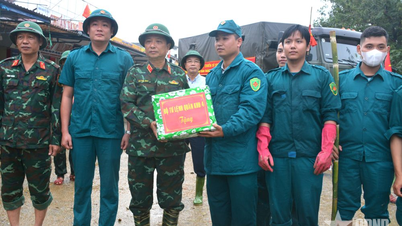

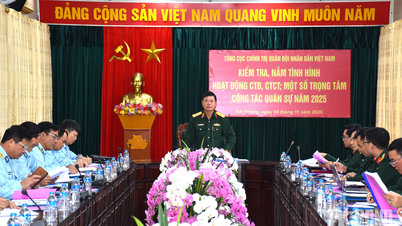
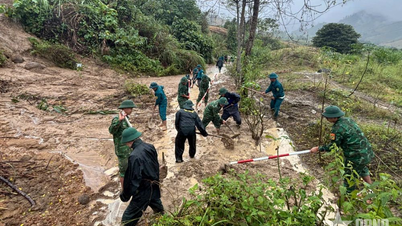
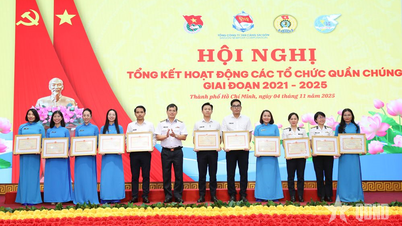
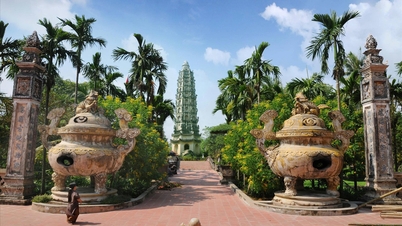



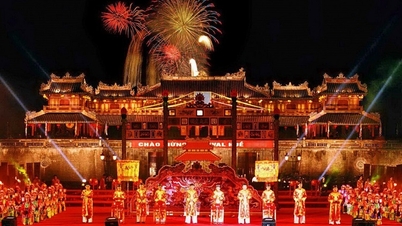

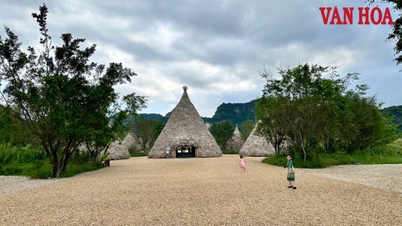

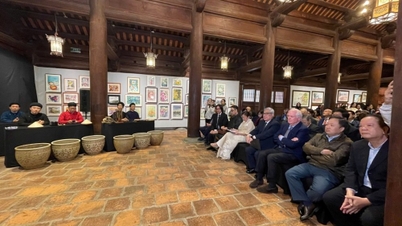


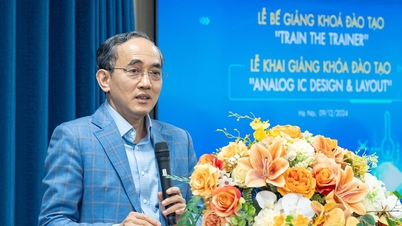

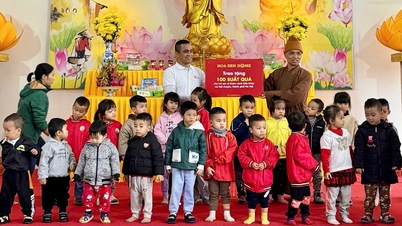

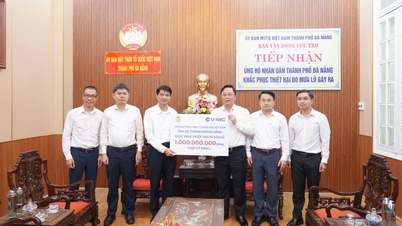


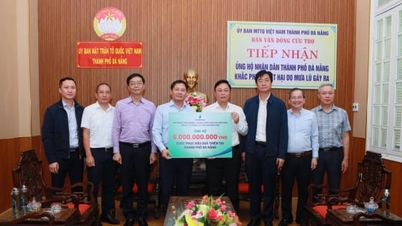


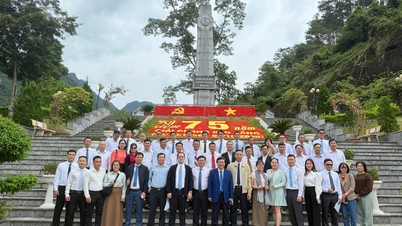






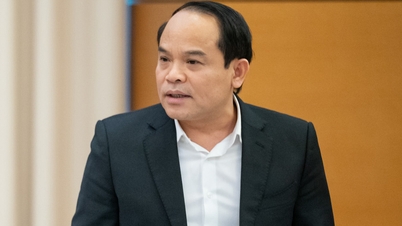
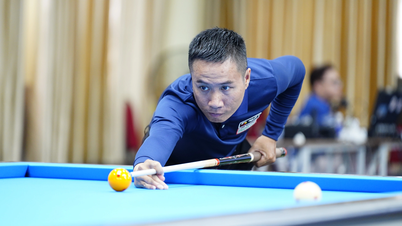

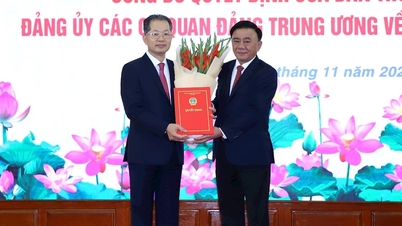


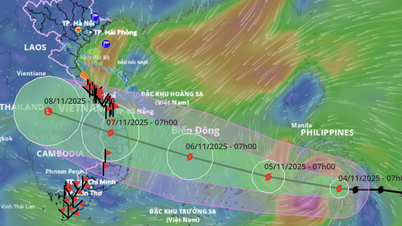


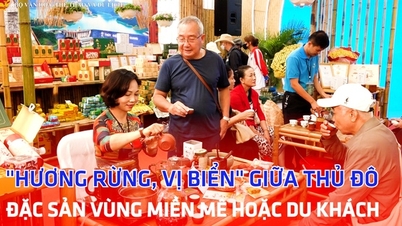

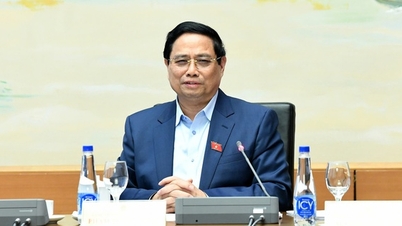






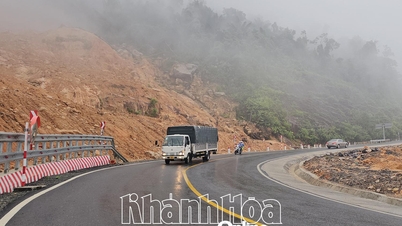

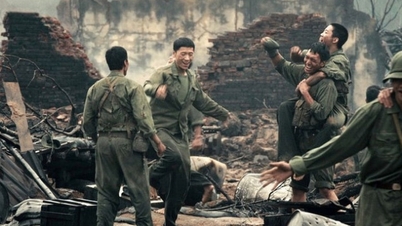
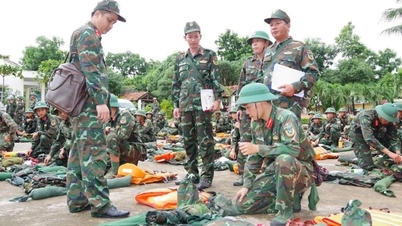










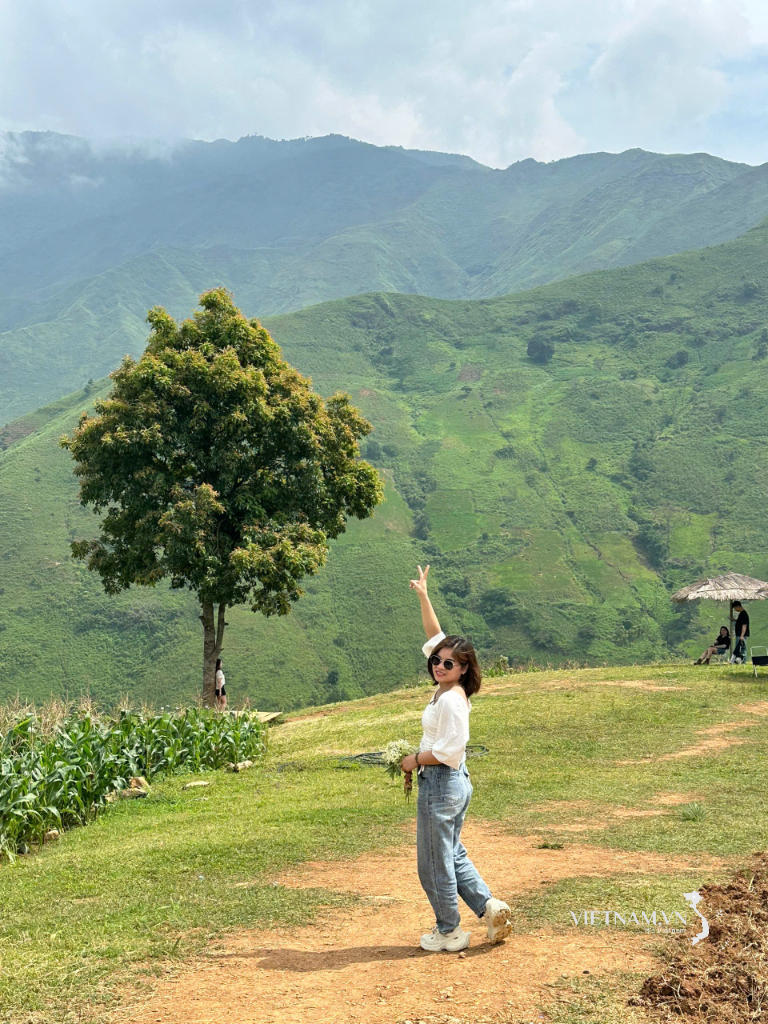


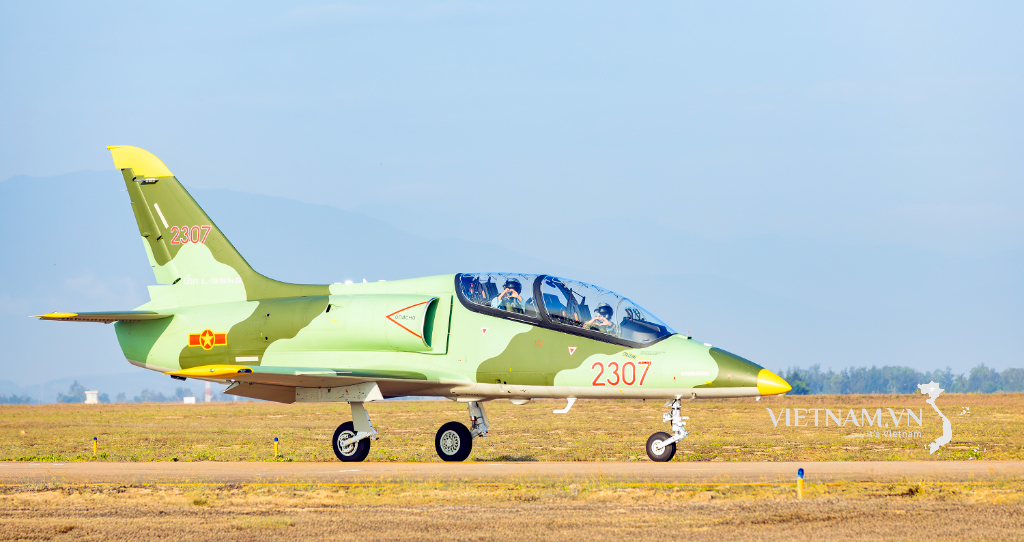
Comment (0)